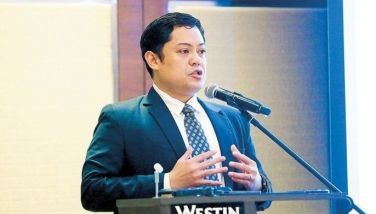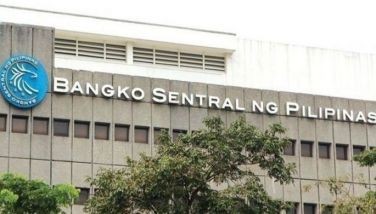Aquaculture gets P500 million budget boost
MANILA, Philippines — The Department of Agriculture is allocating half a billion pesos to further develop the local aquaculture industry and contribute to food security amid the pandemic.
The Bureau of Fisheries and Aquatic Resources said the budget would come from DA’s P24 billion supplemental allocation under the Bayanihan 2 Act.
The budget is intended to help the fisheries sector, especially aquaculture, to recover and improve amid various challenges such as natural calamities and the pandemic.
The stimulus package will fund the culture of certain fish and aquatic species with good market potential such as glass eels, sea urchins, and seaweeds, and establish multi-species hatcheries across the country.
Such a move is projected to boost aquaculture production by 9,600 metric tons and augment and open up more livelihood opportunities for fisherfolks.
“Glass eels, sea urchins and more species of seaweeds are only some of our many locally-abundant fisheries commodities in the Philippines with culture technologies that we have yet to sustainably develop,” BFAR director Eduardo Gongona said.
“We are investing on the potential of these commodities to help the fisheries sector meet its production target for food security while providing livelihood support to our fisherfolk,” he said.
Aquaculture production hit 480,670 MT, down 2.7 percent in the third quarter of the year. It took the largest share of the total national output for fisheries at 47.3 percent.
BFAR is now distributing the funds to its regional offices while coordination works are being prioritized to ensure effective and immediate utilization of the allotted funds.
Culture technology of glass eel will be introduced through demonstration projects, while fingerlings will be distributed to selected regional production areas such as the Cagayan Valley and North Cotabato in order to maximize production capacity.
Sea urchin production, meanwhile, will be promoted in Ilocos Region, Cagayan Valley, Caraga, Bicol and Zamboanga with fisherfolk to undergo grow-out and cage culture technology.
Equipment and infrastructures such as sea urchin hatcheries, improved nursery tanks and processing areas will also be established.
For seaweeds, BFAR will establish more hatcheries, nurseries, seaweed solar dryers, farmhouses and technology demonstration projects, rehabilitation of land-based nursery facilities or laboratories, and provision of seedlings and farm implements.
- Latest
- Trending





























